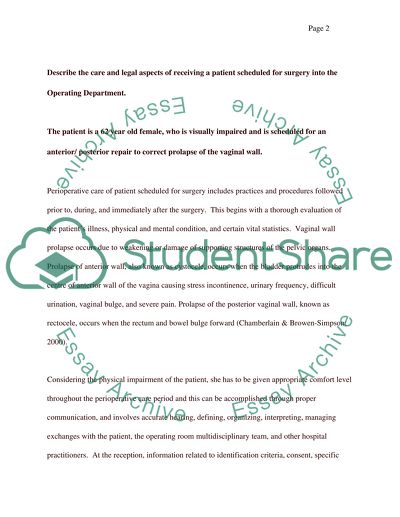Cite this document
(Perioperative Procedures Essay Example | Topics and Well Written Essays - 2750 words, n.d.)
Perioperative Procedures Essay Example | Topics and Well Written Essays - 2750 words. https://studentshare.org/nursing/1557747-perioperative-pratice
Perioperative Procedures Essay Example | Topics and Well Written Essays - 2750 words. https://studentshare.org/nursing/1557747-perioperative-pratice
(Perioperative Procedures Essay Example | Topics and Well Written Essays - 2750 Words)
Perioperative Procedures Essay Example | Topics and Well Written Essays - 2750 Words. https://studentshare.org/nursing/1557747-perioperative-pratice.
Perioperative Procedures Essay Example | Topics and Well Written Essays - 2750 Words. https://studentshare.org/nursing/1557747-perioperative-pratice.
“Perioperative Procedures Essay Example | Topics and Well Written Essays - 2750 Words”. https://studentshare.org/nursing/1557747-perioperative-pratice.


